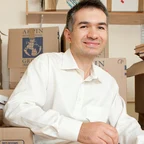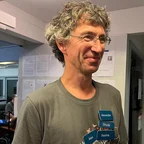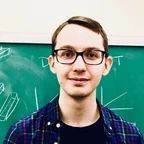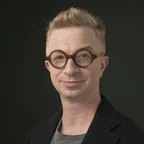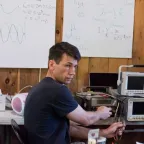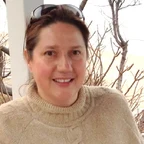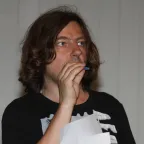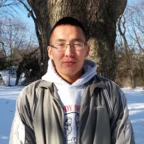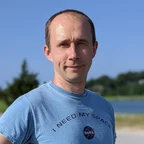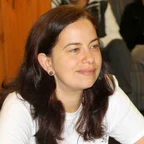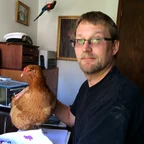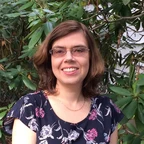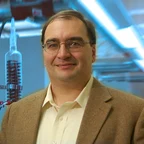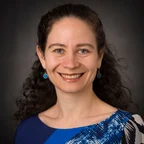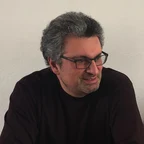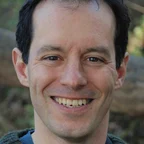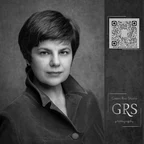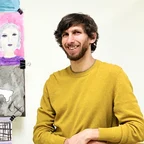Sasha is a Brooklyn-based artist who has lived in the New York City area since age one, when his family came to the US from St. Petersburg, Russia. Since graduating from the Cooper Union in 2013 with a degree in Fine Arts, he has continuously worked part-time as an art and art history teacher, and he has experience teaching students of all ages from 3 years old to adult. Alongside teaching art, Sasha has held various full-time jobs including being an Art Handler and Installer at a large auction house, being a designer at a firm specializing in awards and trophies, and even working as a lead pre-K teacher. Currently, he works as a graphics designer and event coordinator and has been moving into the world of User Experience (UX) Design. Outside of work, Sasha is constantly trying to find ways to be creative and enjoys writing songs, making music, and designing games. He also gives museum tours at several NYC museums, primarily at the Metropolitan Museum of Art
